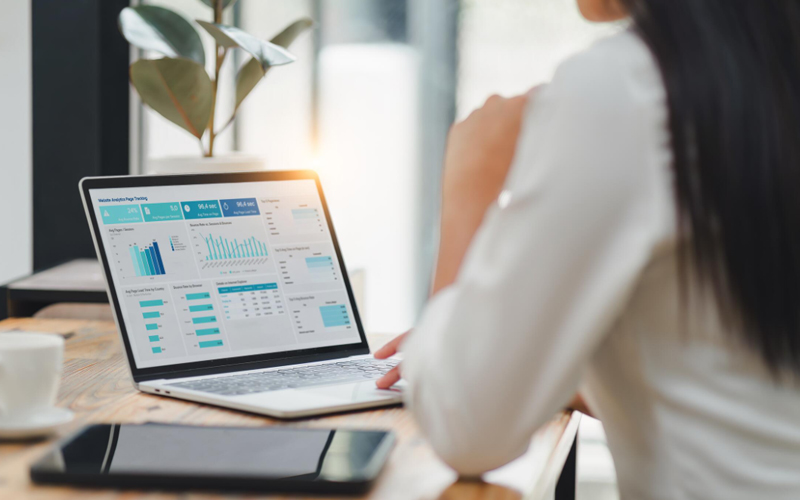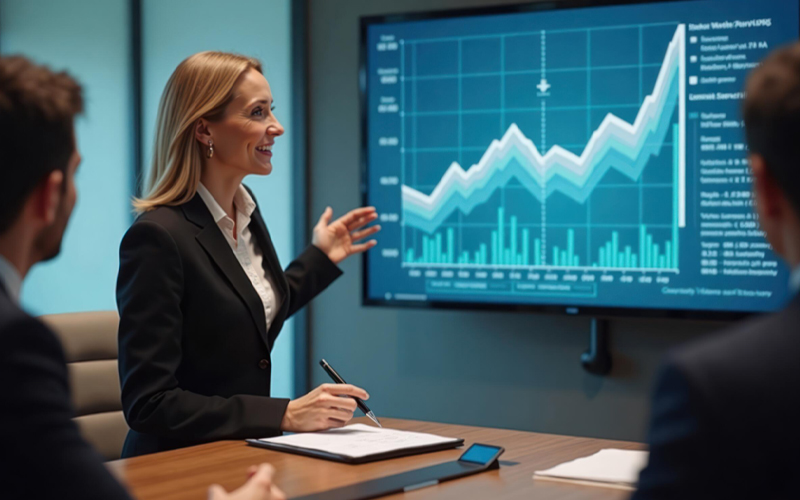Record-to-report (R2R) helps in data management and is one of the powerful tools to increase profits, competitive advantage, and performance. By using R2R accounting, companies can collect, organise, and analyse financial information for accurate records and design actionable and valuable insights.
R2R directly impacts the bottom line and is integral to a successful business. Timely and accurate accounting data produces valuable documents for strategic analysis. Top management uses this information to evaluate business operations and raise the bar for the future.
This article discusses the benefits and steps of implementing the record-to-report cycle in your organisation.
Benefits of the R2R process
The R2R process takes care of the business’s financial health and agility. By optimising it, you can substantially elevate the performance, meet the goals, and fund innovations. If you implement and optimise it well, the R2R process helps in these four areas –
Financial compliance
Global financial scandals are not a new phenomenon. However, as the scale of such scandals become bigger, companies must work under stringent compliance and regulations.
For example, the 2008 Bernie Madoff hedge fund scandal relied on fictitious steady profits that ultimately led to institutional investors and fund managers losing $64 bn of wealth. Similarly, the Enron accounting scandal, where the management hid billions of dollars of debt in shell companies and showed inflated profits, led to investors losing $74 bn of wealth in 2001.
R2R enables well-documented audit trails that help businesses avoid litigations and loss of business and reputation.
Strategic planning and decision making
Using the R2R data, the CEOs and top management can understand what is working and which areas are exposed to risk. This information helps them make smart and strategic decisions.
For example, a shift from analogue to digital workflows could be one outcome of the insights the R2R process generates for the top management.
Tax management
The reports from the R2R process directly impact your financial planning and tax management. Prepare taxes using accurate information from the R2R reports, pay them on time, and have intelligent tax-saving strategies.
Value creation
If you document the R2R process well, it creates direct value for the business by achieving process optimisation. Efficient and accurate processes have shorter completion cycles. They provide quicker financial statements for planning and decision-making. The benefits cascade to optimising the efficiency and accuracy of the workflows, KPIs, and cost reduction.
R2R process steps
Every business is unique, but the R2R process broadly has the same basic steps. These steps include collecting and managing data, closing, reconciliation and validation, and reporting.
Data collection and management
Generate, collect, and organise the data you will use to create financial statements and reports. This data collection and entry should be quick, accurate, and complete. The master data comes from the software systems and includes the transaction data from all business units, accounting workflows, supply chain management, and procure-to-pay (P2P) processes.
Depending on the structure of your business, you may be sourcing this data from a single system or an enterprise management system. Smaller companies may source this master data from manual workflows and paper documents.
Closing
The closing cycle or financial closing happens at the end of the financial year and includes data validation and reconciliation. Businesses that rely on manual processes may face errors in closing due to human errors and delays. Adopt automation to remove unnecessary processes and steps that waste time and resources.
Reconciliation and validation
With the close of the general ledger, the accounting team reviews and validates the financial information in the books. Before preparing financial statements such as balance sheets and profit and loss statements, ensure accuracy. Your stakeholders and investors will rely on these financial reports to make investment decisions.
R2R services provide you with accurate financial information so that there is no discrepancy in the annual closing statements.
Analysis and reporting
After verification, you analyse the data and generate financial reports that contain information about the company’s performance, process and project management, and profitability. At the end of the financial year, businesses send these reports to a range of stakeholders, including senior management, investors, BU heads, the C-Suite, and regulatory organisations.
For organisations on the digital transformation journey, agility is key in responding to a rapidly changing technology and business landscape. Now more than ever, it is crucial to deliver and exceed on organisational expectations with a robust digital mindset backed by innovation. Enabling businesses to sense, learn, respond, and evolve like a living organism, will be imperative for business excellence going forward. A comprehensive, yet modular suite of services is doing exactly that. Equipping organisations with intuitive decision-making automatically at scale, actionable insights based on real-time solutions, anytime/anywhere experience, and in-depth data visibility across functions leading to hyper-productivity, Live Enterprise is building connected organisations that are innovating collaboratively for the future.
How can Infosys BPM help?
The record-to-report process by Infosys BPM ensures the timely closure of books, their accuracy and integrity, and compliance with statutory and fiscal requirements. Some of the features of the R2R suite are –
- Reconciliation, task management, JE automation, variance analysis, and transaction matching.
- Shadow validation of current ERP data.
- Manual journal posting.
- Divestitures and acquisitions.
Read more about the F&A record-to-report solutions at Infosys BPM.







